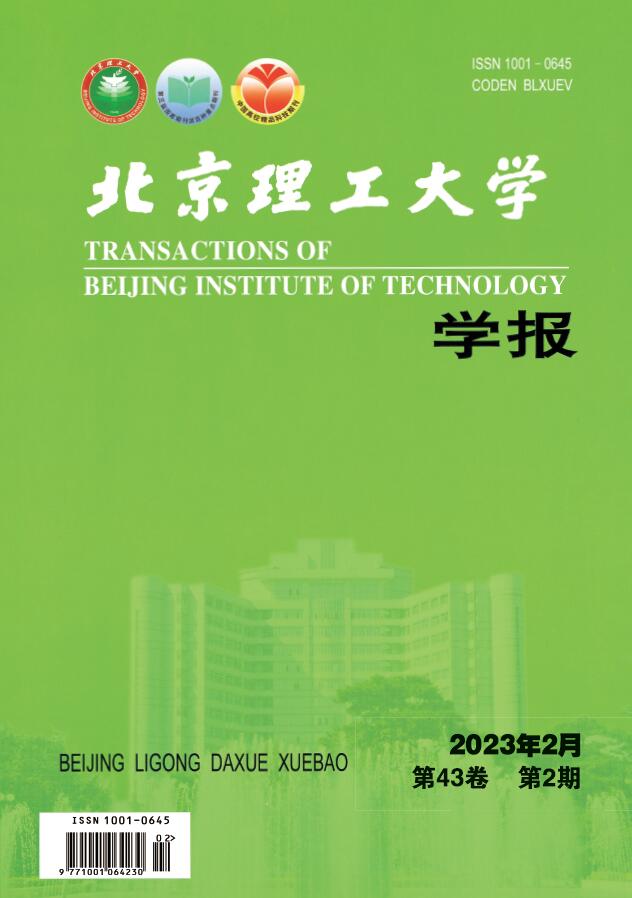2020 Vol. 40, No. 8
Display Method:
2020, 40(8): 803-809.
doi:10.15918/j.tbit1001-0645.2019.143
Abstract:
2020, 40(8): 810-817.
doi:10.15918/j.tbit1001-0645.2019.219
Abstract:
2020, 40(8): 818-825.
doi:10.15918/j.tbit1001-0645.2019.216
Abstract:
2020, 40(8): 826-834.
doi:10.15918/j.tbit1001-0645.2019.181
Abstract:
2020, 40(8): 835-840.
doi:10.15918/j.tbit1001-0645.2019.155
Abstract:
2020, 40(8): 841-848.
doi:10.15918/j.tbit1001-0645.2019.289
Abstract:
2020, 40(8): 849-855.
doi:10.15918/j.tbit1001-0645.2019.199
Abstract:
2020, 40(8): 856-860.
doi:10.15918/j.tbit1001-0645.2019.110
Abstract:
2020, 40(8): 861-866.
doi:10.15918/j.tbit1001-0645.2019.239
Abstract:
2020, 40(8): 867-872.
doi:10.15918/j.tbit1001-0645.2019.151
Abstract:
2020, 40(8): 873-879.
doi:10.15918/j.tbit1001-0645.2019.030
Abstract:
2020, 40(8): 880-887.
doi:10.15918/j.tbit1001-0645.2019.131
Abstract:
2020, 40(8): 888-893.
doi:10.15918/j.tbit1001-0645.2019.133
Abstract:
2020, 40(8): 894-900.
doi:10.15918/j.tbit1001-0645.2019.194
Abstract:
2020, 40(8): 901-907.
doi:10.15918/j.tbit1001-0645.2019.123
Abstract:
2020, 40(8): 908-914.
doi:10.15918/j.tbit1001-0645.2019.212
Abstract:


